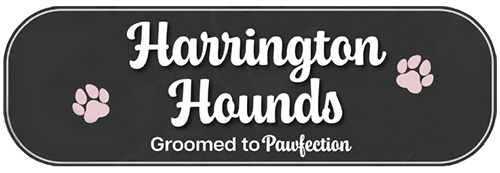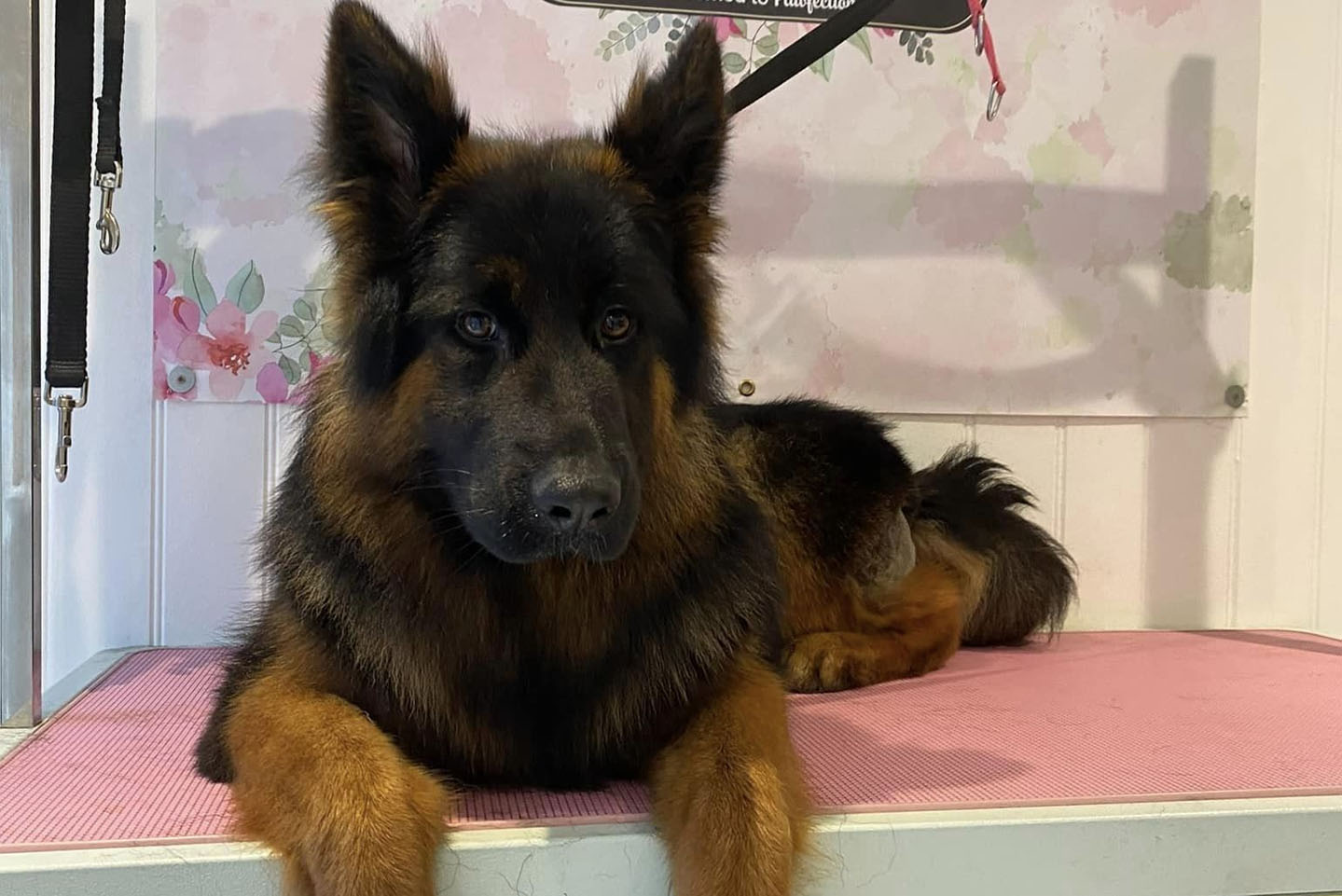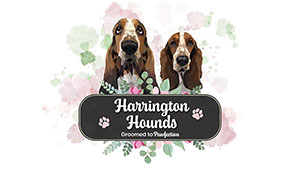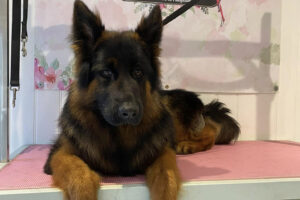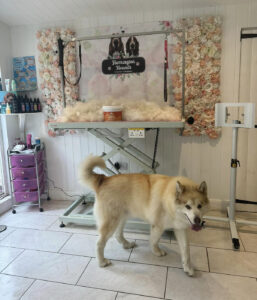Grooming is an essential part of keeping your dog healthy, comfortable, and looking their best.
However, many dogs can find the grooming process intimidating or stressful, especially if they’re not used to it.
As a responsible pet owner, setting your dog up for grooming success starts at home, with a few simple steps that can make a world of difference.
In this guide, we’ll explore five effective strategies that will help your dog feel more relaxed and cooperative during grooming sessions.
From starting the grooming process early in your puppy’s life to familiarizing them with grooming tools and maintaining regular coat care, these tips are designed to ensure that grooming becomes a positive experience for both you and your dog.
With a little preparation and patience, you can help your canine companion feel more comfortable and confident at the groomer’s, leading to better results and a happier pet.
Whether your dog is a grooming pro or just getting started, these tips will help pave the way for a lifetime of stress-free grooming.
1. Begin Grooming Early
Starting grooming sessions early in your puppy’s life, ideally once they’re 8–12 weeks old and have had some vaccinations, is crucial. Even a simple bath or nail trim can help them get familiar with the process. Early exposure helps them see grooming as a normal part of life, reducing fear and anxiety as they grow.
2. Familiarize Your Dog with Paw Handling
Regularly touching and gently handling your dog’s paws can make nail trims much less stressful. The goal is to create a positive association with having their feet handled. Use rewards like treats, soothing praise, or gentle petting when your dog allows you to touch their paws calmly. Avoid forcing the process; patience and positive reinforcement are key.
3. Maintain Regular Coat Care
Brushing and combing your dog’s coat at home is essential for keeping it healthy and preventing matting. A slicker brush and a metal comb are great tools to ensure the coat is tangle-free. After bathing your dog, it’s especially important to brush them thoroughly once they’re completely dry. This prevents painful mats, particularly in areas of friction like around collars and harnesses, which can lead to discomfort and may require shaving by the groomer.
4. Ease Your Dog Into Noise Exposure
Help your dog get used to the sound of grooming tools by avoiding playful teasing with vacuums or hair dryers at home. A calm introduction to these noises will make the drying process at the groomer’s much smoother. Proper drying is crucial – it fluffs the coat, removes dead undercoat, and allows the groomer to check for skin issues.
5. Exercise Before Grooming
Ensuring your dog has had some exercise before their grooming appointment can make a big difference. A dog with pent-up energy may find it hard to stay still, which can make grooming more challenging and even risky. A well-exercised dog is more likely to be calm and cooperative, making it easier for the groomer to work safely and give your dog the best possible trim.
